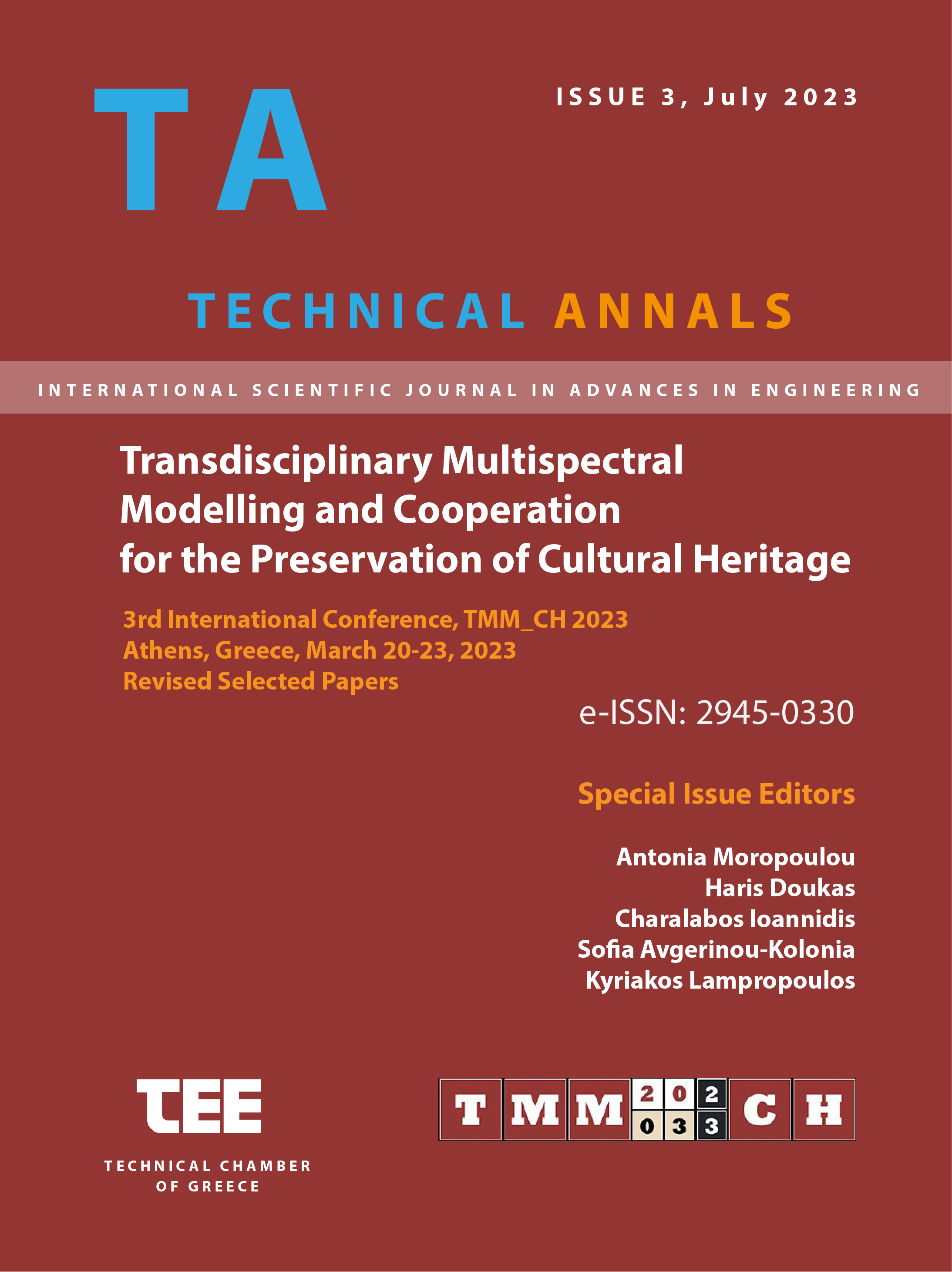The Analysis of the Spatial Distribution of Traditional Villages in Guizhou

Abstract
Guizhou's traditional villages are gradually disappearing as rural urbanization accelerates. However, there has been little in-depth research into how village dwellers are coping with spatial changes caused by resource relocation and modernization. Prior to that, it is critical to determine the villages’ distribution characteristics and geographic features. This study focuses on the spatial dis-tribution characteristics of Guizhou traditional villages using the software ArcGIS. The findings show that (1) Guizhou Province's traditional village distribution is "dual-core" intensive. (2) The topography of Guizhou Prov-ince is characterized by a "high in the west, low in the east" trend. In Gui-zhou Province's western and central zones, there are very few traditional vil-lages with higher altitudes beyond Anshun City. (3) The slope analysis of this study shows that the slope of these two regions, Qiandongnan and Ton-gren with densely populated villages, are diametrically opposed.
Article Details
- How to Cite
-
Liu, Y., Bovati, M., & Genovese, P. V. (2023). The Analysis of the Spatial Distribution of Traditional Villages in Guizhou. Technical Annals, 1(3). https://doi.org/10.12681/ta.34816
- Section
- Cultural Heritage

This work is licensed under a Creative Commons Attribution-NonCommercial-ShareAlike 4.0 International License.


